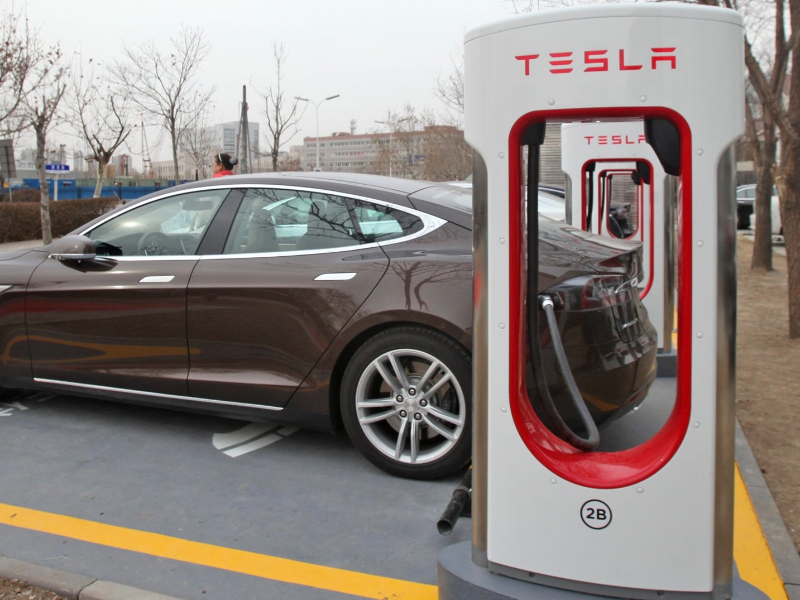- The compatibility of non-Tesla EVs with Tesla chargers is an evolving landscape, driven by technological, regulatory, and market factors.
- As more EVs enter the market and the demand for versatile charging options grows, the integration of Tesla’s charging infrastructure with a wider range of vehicles will likely expand.
Tesla chargers, particularly the Tesla Supercharger network, are renowned for their speed and efficiency in recharging electric vehicles (EVs). Originally exclusive to Tesla cars, these chargers have become a point of interest for drivers of other EV brands due to their widespread availability and fast charging capabilities.
Compatibility and adaptation of Tesla chargers
Tesla uses a proprietary charging connector in North America, which is different from the standard connectors used by most other EVs, such as the Combined Charging System (CCS) or CHAdeMO. This unique connector design historically limited the use of Tesla Superchargers to Tesla vehicles only. However, changes in policy and technology are expanding access.
Also read: What are the different types of EV chargers?
Some third-party companies offer adapters that allow non-Tesla EVs to use Tesla charging stations. These adapters convert the Tesla connector to a compatible one for other EVs. However, using adapters can sometimes lead to reduced charging speeds and may not always be officially supported or reliable for every charging scenario.
Beyond Superchargers, Tesla also has a network of Destination Chargers, typically found at hotels, restaurants, and other locations. These chargers use a different type of connector, Type 2 in Europe, for example, and are often more accessible to non-Tesla EVs, either directly or through adapters. These chargers provide a slower but still convenient charging option for compatible vehicles.
Advantages of using Tesla chargers for non-Tesla EVs
Tesla’s Supercharger network is extensive, particularly in North America and Europe, providing a dense network of charging points that can significantly enhance the convenience of long-distance travel for EV owners, thus sharing wide network availability.
A fast charging speed is another advantage for non-Tesla EVs to use Tesla chargers. Tesla Superchargers are known for their high-power output, enabling faster charging times compared to many standard public chargers. This can be a major advantage for EV drivers looking to reduce downtime during long trips.
Also read: Why are EV chargers so expensive?
Challenges and considerations
1. Access limitations and fees: Even where Tesla has opened its network to non-Tesla EVs, there may be specific requirements or fees involved. These can include the need for a special app or subscription, and different pricing structures for non-Tesla users.
2. Compatibility and charging speed issues: Not all adapters are equal, and some may not support the highest charging speeds available at Tesla Superchargers. Additionally, using non-standard solutions can sometimes result in technical issues or reduced efficiency.
3. Policy and regional variability: Access to Tesla chargers for non-Tesla EVs can vary widely depending on the region and local regulations. Tesla’s policies are evolving, and availability can be limited to certain pilot locations or specific charger types.
Tesla’s ongoing expansion and adaptation of its charging network to include non-Tesla EVs reflect a broader trend towards interoperability in the EV industry. As the number of EVs on the road continues to grow, so does the demand for accessible and universal charging infrastructure. Future developments may see more widespread access to Tesla chargers, as well as advancements in adapter technology, further integrating various EV models into a cohesive charging network.

